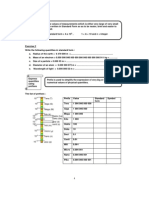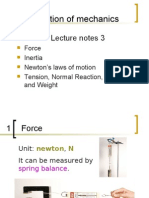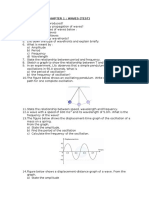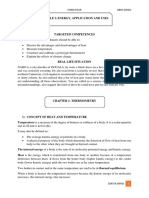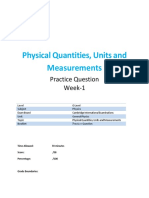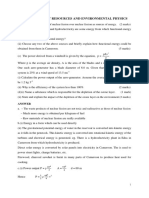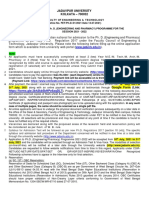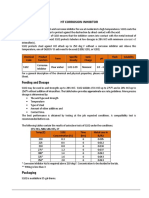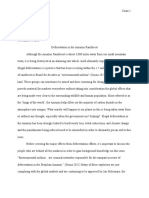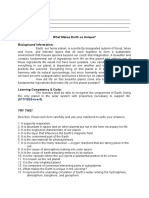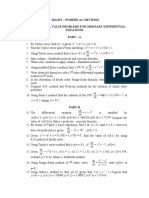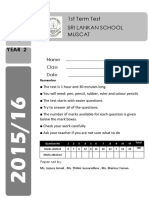0% found this document useful (0 votes)
389 views21 pagesMotion Mechanics Overview
The document provides information about motion, including:
1) Mechanics deals with the behavior of moving objects, divided into kinematics (motion without forces) and dynamics (motion with forces).
2) An object is in motion if its position changes over time, and at rest if its position does not change.
3) There are three types of motion: translatory, rotatory, and vibratory.
4) Distance is the length of an object's path while displacement is the shortest distance between initial and final positions, making it a vector quantity unlike distance.
Uploaded by
Sakshi SanghiCopyright
© © All Rights Reserved
We take content rights seriously. If you suspect this is your content, claim it here.
Available Formats
Download as PDF, TXT or read online on Scribd
0% found this document useful (0 votes)
389 views21 pagesMotion Mechanics Overview
The document provides information about motion, including:
1) Mechanics deals with the behavior of moving objects, divided into kinematics (motion without forces) and dynamics (motion with forces).
2) An object is in motion if its position changes over time, and at rest if its position does not change.
3) There are three types of motion: translatory, rotatory, and vibratory.
4) Distance is the length of an object's path while displacement is the shortest distance between initial and final positions, making it a vector quantity unlike distance.
Uploaded by
Sakshi SanghiCopyright
© © All Rights Reserved
We take content rights seriously. If you suspect this is your content, claim it here.
Available Formats
Download as PDF, TXT or read online on Scribd
/ 21







